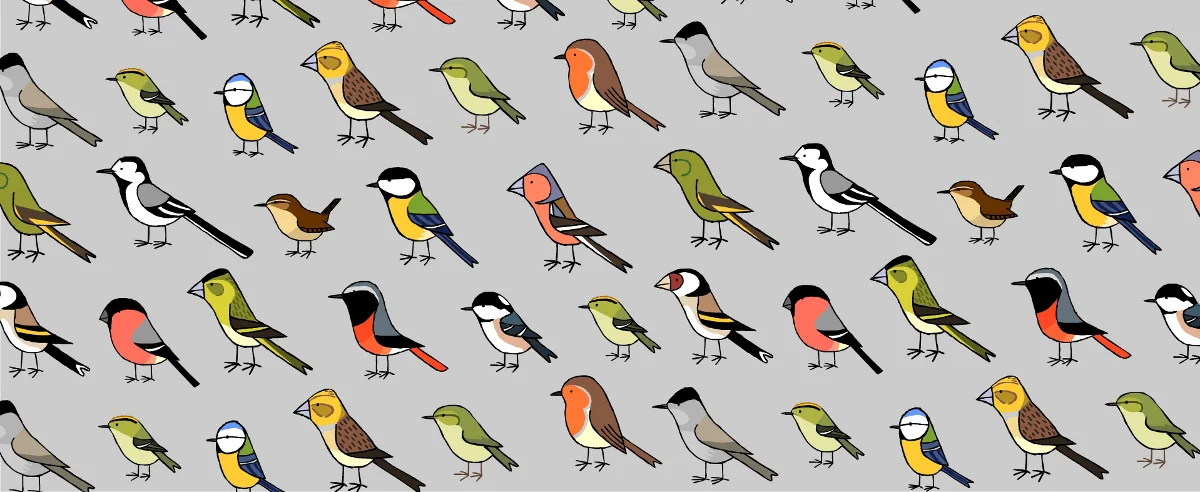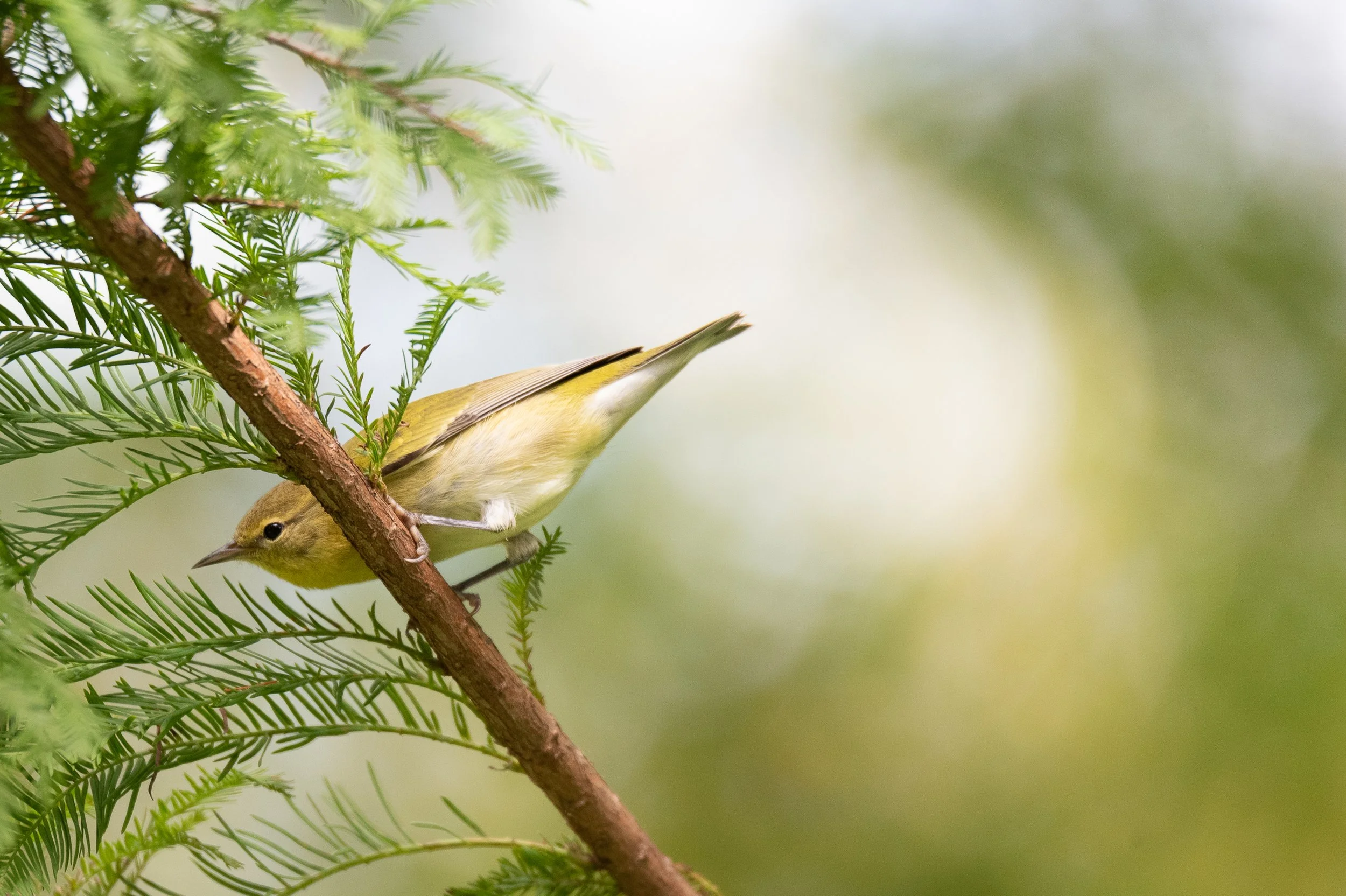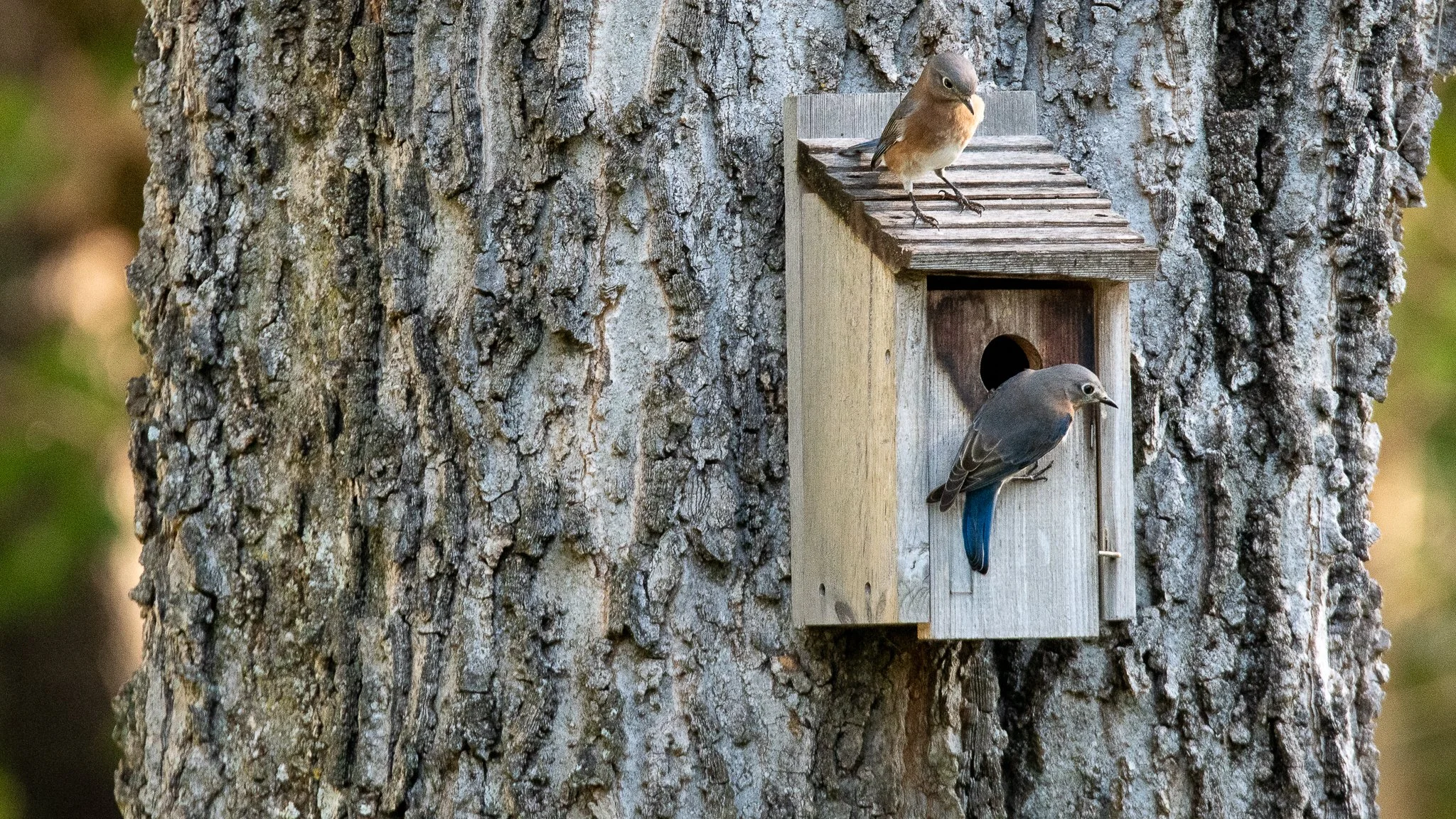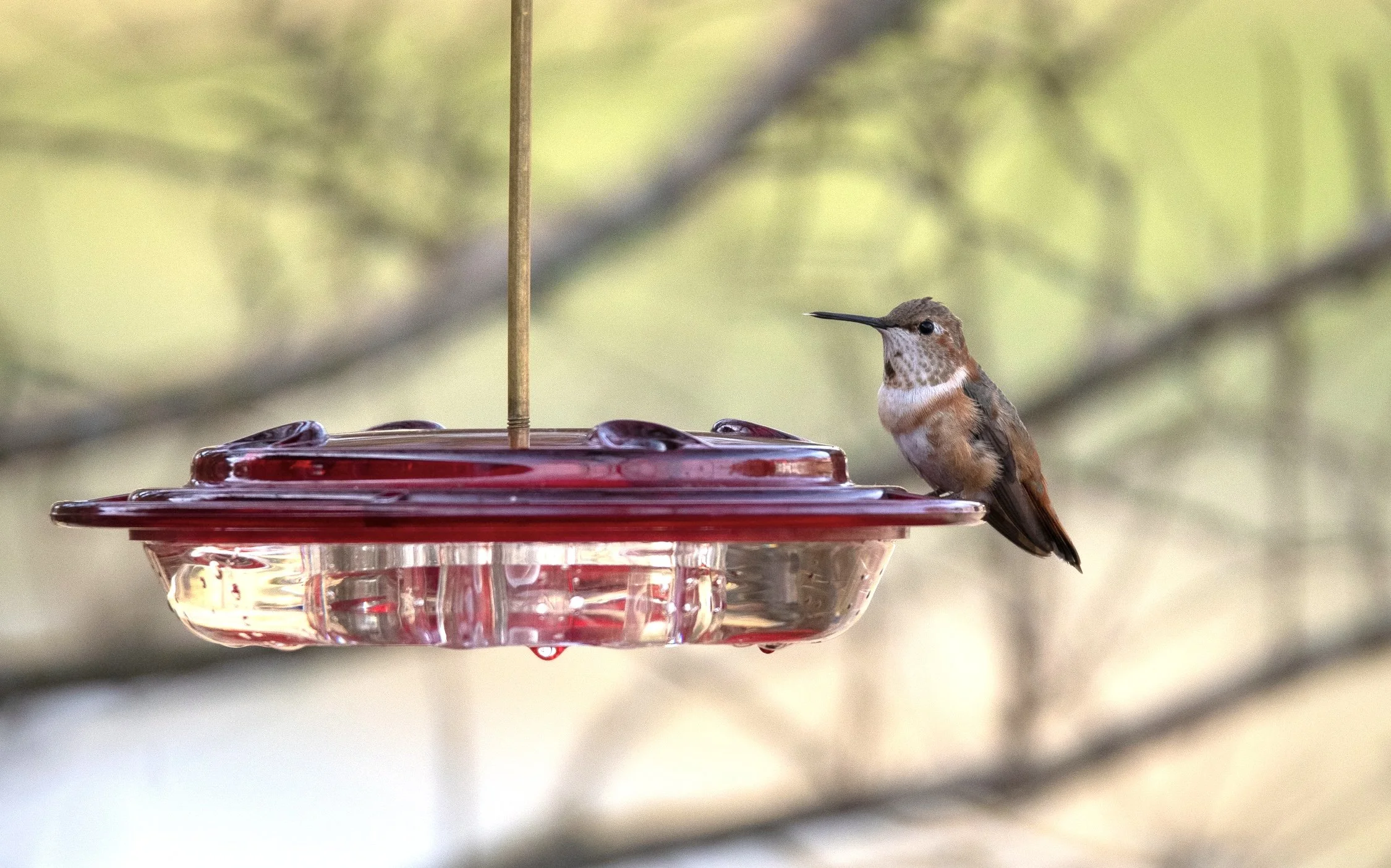Mr. Bird is Back!
As many of you may have noticed, traditionally we have been in no rush to remind ourselves or our customers of the looming approach of the Christmas season. However this year, with other vendors in the neighborhood offering similar items, and with the memory of supply shortages still burned in our minds, we made a few emails and got our entire line of Mr. Bird’s Christmas products in early!
For those of you that like to do your shopping ahead of time, our hats are off to you! Everything from the Gourmet Wreaths, Ollie Owls, Little Stars, and the Christmas Shapes are here for you to stock up on at your convenience, well over a month before Christmas! This means you could have all your Wood Thrush Shop related Christmas shopping done before Thanksgiving, and we applaud your preparation.
And for those of you who, like us, are tired of having Christmas forced upon us before the sweat of summer has had a chance to dry… Come on in and stock up anyways! Buy a bird seed Christmas tree, and watch with delight as your birds, squirrels, chipmunks and the rest of the backyard gang devour any trace of Christmas right before your eyes. Take it from us, this moral victory over modern retail will feel great, and your birds and critters will thank you!
























